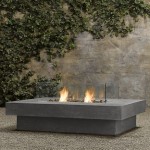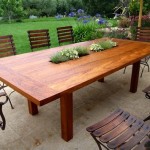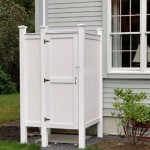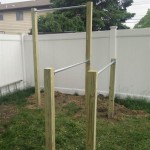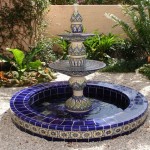Essential Aspects of Choosing the Best Wood Filler for Outdoor Decks
Maintaining an outdoor deck requires regular attention, including repairing any cracks, holes, or splinters. Using the best wood filler can restore the surface, protect against moisture and rot, and enhance its overall appearance.
Here are some crucial aspects to consider when selecting a wood filler for your outdoor deck:
1. Material Type
Wood fillers can be water-based, oil-based, or epoxy-based. Water-based fillers are easy to apply and clean up but may not be as durable outdoors. Oil-based fillers offer better moisture resistance but require more time to dry and cure. Epoxy-based fillers are the strongest and most weather-resistant but need to be mixed properly and can be difficult to work with.
2. Durability and Adhesion
For outdoor decks, durability is paramount. Choose a wood filler that can withstand exposure to rain, snow, and UV rays. Additionally, ensure it adheres well to the type of wood used for your deck, as different species have varying densities and surface characteristics.
3. Flexibility and Crack Resistance
Outdoor decks expand and contract with changes in temperature and humidity. Therefore, the wood filler should be flexible enough to accommodate these movements without cracking. Look for products with a high elasticity rating or that are specifically formulated for exterior use.
4. Water and Rot Resistance
Moisture is the primary cause of rot and decay in outdoor decks. Choose a wood filler that is waterproof and rot-resistant to prevent damage from water penetration. This will extend the lifespan of your deck and protect it from costly repairs.
5. Sandability and Paintability
After applying the wood filler, you may want to paint or stain the deck to match the surrounding area. Ensure the filler you choose is sandable once dried to smooth out any imperfections. Additionally, check if it is paintable or stainable to achieve a seamless finish.
6. Environmental Friendliness
Consider using wood fillers that are low in VOCs (volatile organic compounds) to minimize environmental impact. Water-based fillers tend to have lower VOCs than oil-based ones. Also, check for products made from recycled materials or sustainable sources.
Conclusion
Choosing the best wood filler for your outdoor deck is crucial for its longevity and appearance. By considering factors such as material type, durability, flexibility, water resistance, and sandability, you can select a product that will effectively repair cracks and holes, protect against moisture and rot, and enhance the overall look of your deck.

Using A Wood Filler For Decks Is Tricky Read This First

Using A Wood Filler For Decks Is Tricky Read This First

I Tested 7 Wood Fillers For Decks Here Are The Best 2024

Articles About Best Wood Filler For Staining Olympic

Using A Wood Filler For Decks Is Tricky Read This First

I Tested 7 Wood Fillers For Decks Here Are The Best 2024

The Wood Filler Test Year 1 Craftsman Blog

Best Exterior Wood Filler For Decks In 2024 5 Tested Guide

Best Wood Filler For Deck S Of 2024

Applying Deck Repairs When The Wood On Your Splits


